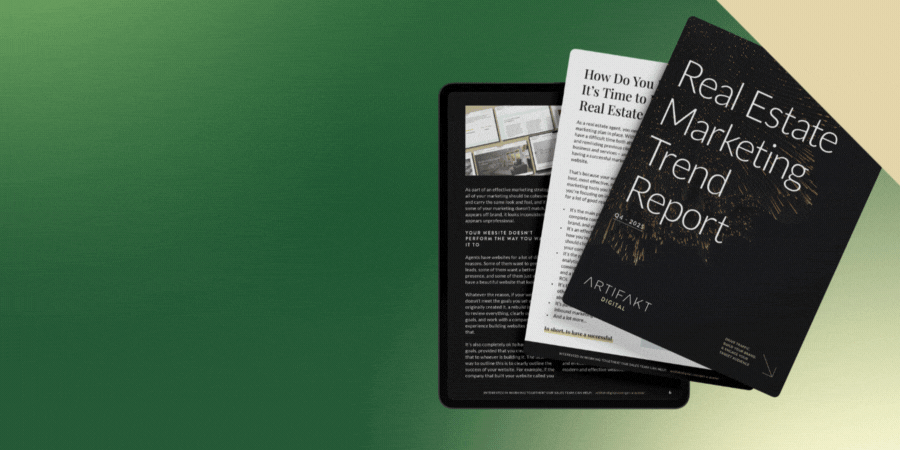Let’s start this conversation with a fact: your real estate website isn’t Wikipedia.
More importantly, it shouldn’t try to be Wikipedia. That’s an ineffective way to build your business.
We see this phenomenon time and time again. When we begin any digital strategy project, clients often want their website to serve as a “resource” or to give users everything they could possibly need under the sun.
In truth, your website is not a resource. It is a tool used to drive traffic, qualify leads, and gain conversions in both your target audience and area. In this sense, it is not a library, it’s a book store.
What I mean by that is that both a library and a book store can coexist, rather peacefully, because they serve two different kinds of audiences and transaction types.
Are Your Potential Leads Getting Information Overload?
When we use the term to “Wikipedia your website,” it basically means that you’re leaving too much information on your website that would be better served elsewhere.
Essentially, you are overwhelming your audience in the hopes that it will qualify you or your team in their eyes. On the surface, it makes sense, but it often has the opposite effect.
You see, users in the real estate space aren’t looking for every minute or menial detail, especially not during the research phase. What they are researching isn’t the process, they are researching the expertise to complete the process.
For that reason, your website then becomes one giant value proposition.
You shouldn’t break down the process step by step, but how you make the process easier with a whole host of services. You shouldn’t have a page dedicated to terminology when that attention could be shifted to meeting your team.
The thing that we most often see is clients confusing more information for better information when really the attention of your user is fickle and it is directionless. Your website needs to guide them, hold their hand, and show them specific things.
Transforming Information Into CTAs
That doesn’t mean, though, that there is no place for information about buying and selling on your website.
A key here, though, is that you have your user’s attention, and that attention is both precious and fleeting. Why bore them with the general details, when you could cut to the chase and give them the point?
The first step is to localize and personalize it, to introduce buying and selling not as general concepts — but what buying and selling with your specific team or process is all about.
If you feel like more information is better, or that your value proposition isn’t strong enough, then you may want to think about offering something with “more meat on the bone.”
In this case, a guide can be a great way to walk a more specific type of lead through the process. But, we don’t just want to give this information for free or have it overwhelm other leads, we want to tie it with a bow and turn it into a call to action.
So, your website should offer that as a free downloadable guide. If you have the information, and if you believe in that information, you should have landing pages where people can download those guides to hold onto for as long as they need them.
How Your Website Can Build Your Business
Basically, if you turn your site into Wikipedia, users will use it like Wikipedia.
When was the last time you donated to their cause? Or signed up for Wikipedia’s newsletter? Or, did you simply dive in, find what you need, and leave. Chances are the latter.
Your real estate website can’t afford to live with a high amount of low-quality traffic forever, because it doesn’t drive business. Your information needs to be purposeful, value-driven, and coherent to every kind of user.
A fundamentally strong digital strategy can give it to them.
With up to date marketing trends relevant to today’s market, our report is a selection of curated content, information, and data that will give you an outline of what’s working right now in real estate marketing.




